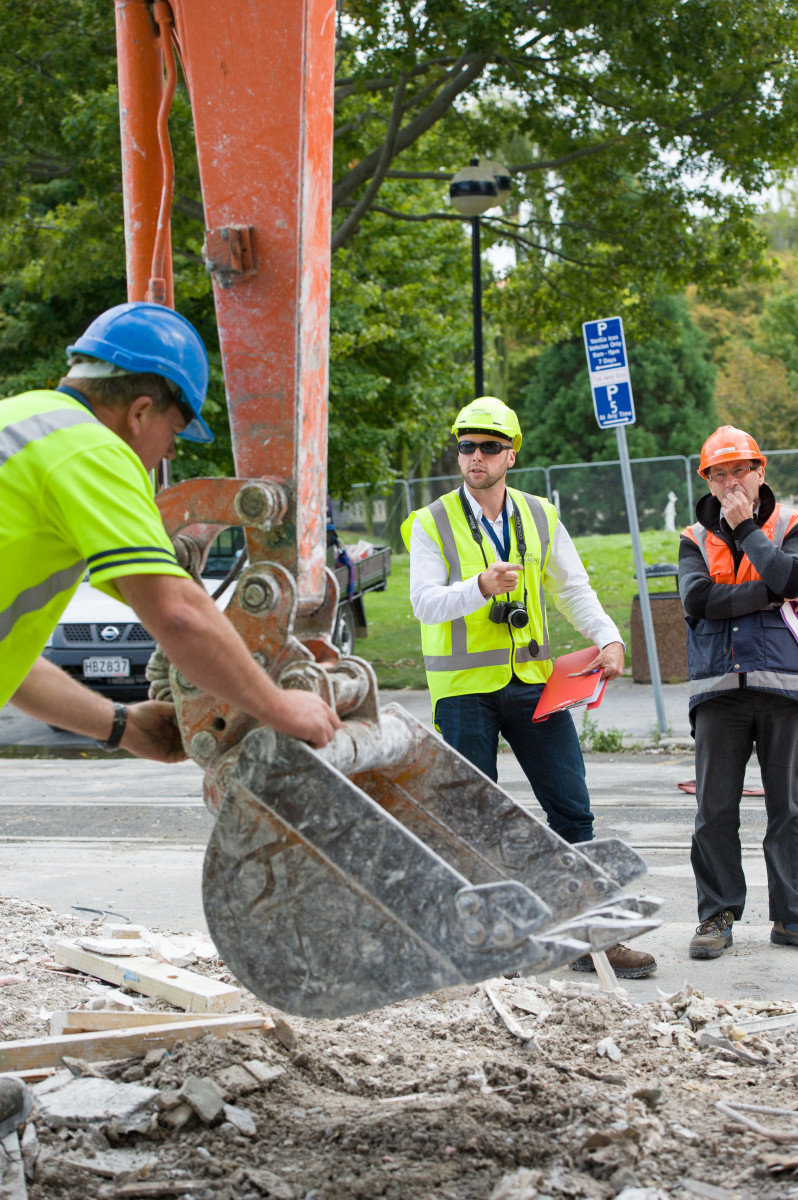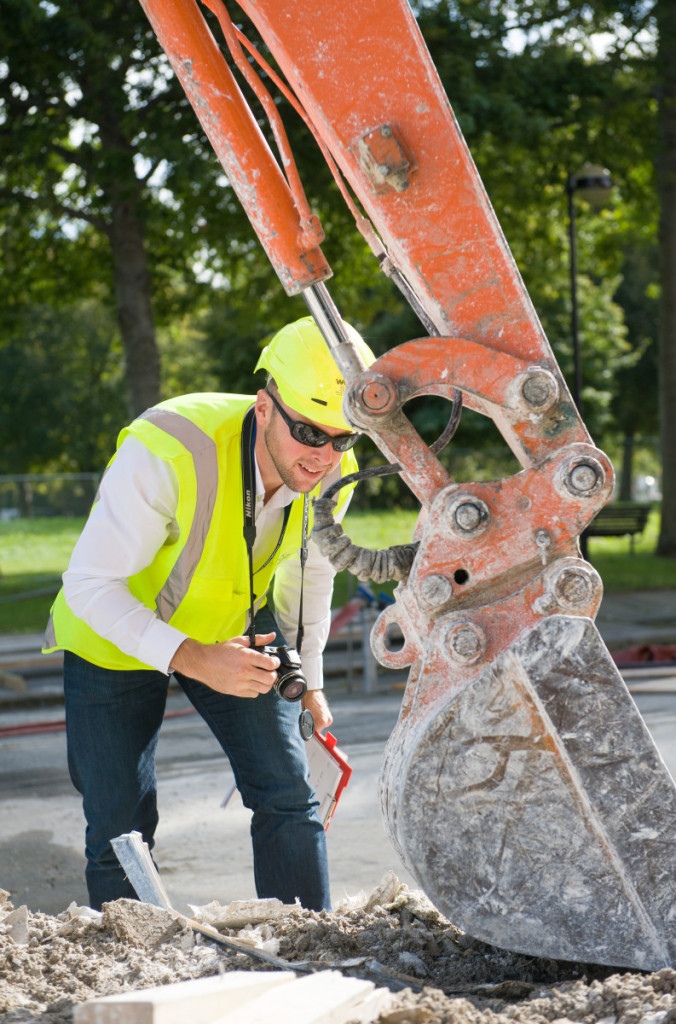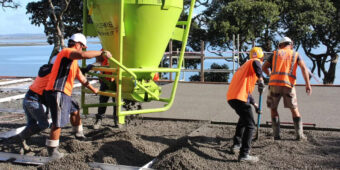Don’t let your work come unhitched!
12 Jun 2014, Featured, Prove Your Know How, Safety

Quick hitch devices save significant time during mobile plant operation, but small safety oversights can be fatal.
A quick hitch allows a bucket or other attachment to be quickly and easily connected and disconnected from an excavator or backhoe arm, saving significant time during mobile plant operation. To hold the attachment in place, quick hitch devices use a locking system consisting of either a manual locking pin or an automatic hydraulic pressure hitch.
WHEN QUICK HITCHES FAIL
If the attachment is the wrong size, it may not be able to be secured properly and the quick hitch will fail. If the locking system is not in place, the quick hitch might work for some time but then suddenly swing open, releasing the bucket or other attachment.
In either situation, the consequences can be fatal.
Accidents usually happen because the quick hitch system has failed and the person struck by the bucket or other attachment was in an unsafe position – either underneath or in the vicinity.
REQUIREMENTS FOR QUICK HITCHES
Quick hitches should clearly display:
- The model and serial number.
- The manufacturer’s name.
- The weight and maximum rated capacity.
- Each lifting point’s capacity.
If safety pins and other shaped securing devices are used, operators must:
- Ensure that they meet the quick hitch manufacturer’s specifications.
- Keep them with the excavator or quick hitch device when not in use.
- Ensure that attachments are fitted with the correct pin centres and diameters.
NOTE: Do not use substitutes such as a structural bolt or a reinforcing bar.
EXCAVATOR OPERATOR’S RESPONSIBILITIES
The excavator operator should:
- Check the attachment size is suitable for the excavator or backhoe arm’s size.
- Check the quick hitch is kept in good working order.
- Check the safety pin is securely in place or the automatic system has engaged correctly:
– before starting work, and
– when fitting a different attachment. - Ensure that an exclusion zone is established below and around the vicinity of the bucket when using the excavator or backhoe, if there are other workers on the construction site. The exclusion zone applies to workers not immediately involved in the excavator or backhoe operation.
The operator should not use the plant unless they are satisfied the quick hitch is secure.
When disconnecting an attachment, the excavator operator should intentionally disengage the quick hitch.
SITE MANAGER’S RESPONSIBILITES
While the operators are in the best position to safely install the quick hitches and operate the mobile plant, it’s still the employer’s responsibility to make sure the operators have the knowledge, training, experience and equipment to fulfill these important safety functions.
The site manager is also responsible for:
- Making sure excavator and backhoe operators are trained in how to use the plant safely.
- Making sure excavator and backhoe operators are competent to use the specific quick hitch on the plant they are using.
- Verifying operator competency by assessment and monitoring.
For more information, refer to the Best Practice Guidelines for Demolition in New Zealand (section 5.10.3) at www.worksafe.govt.nz.
Register to earn LBP Points Sign in




